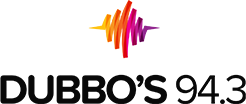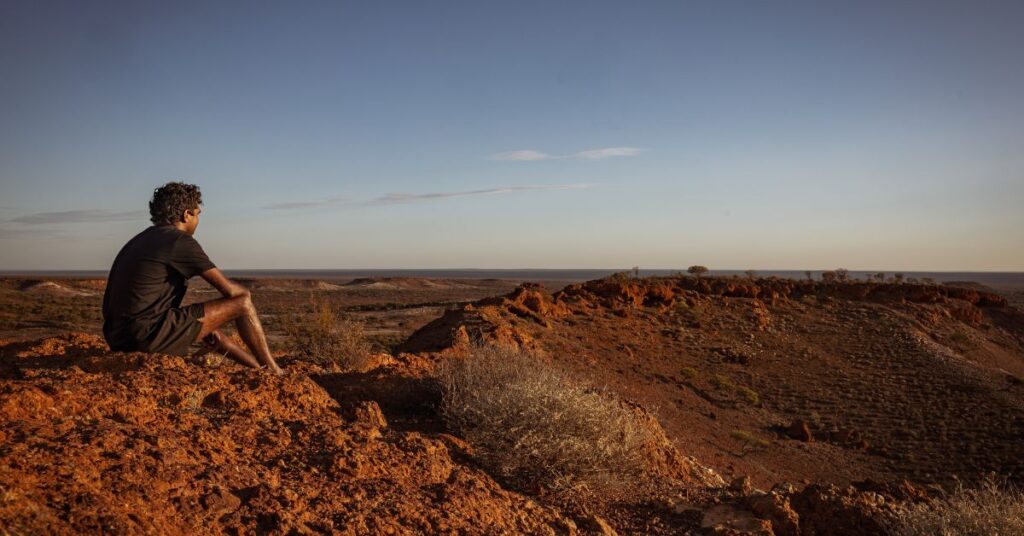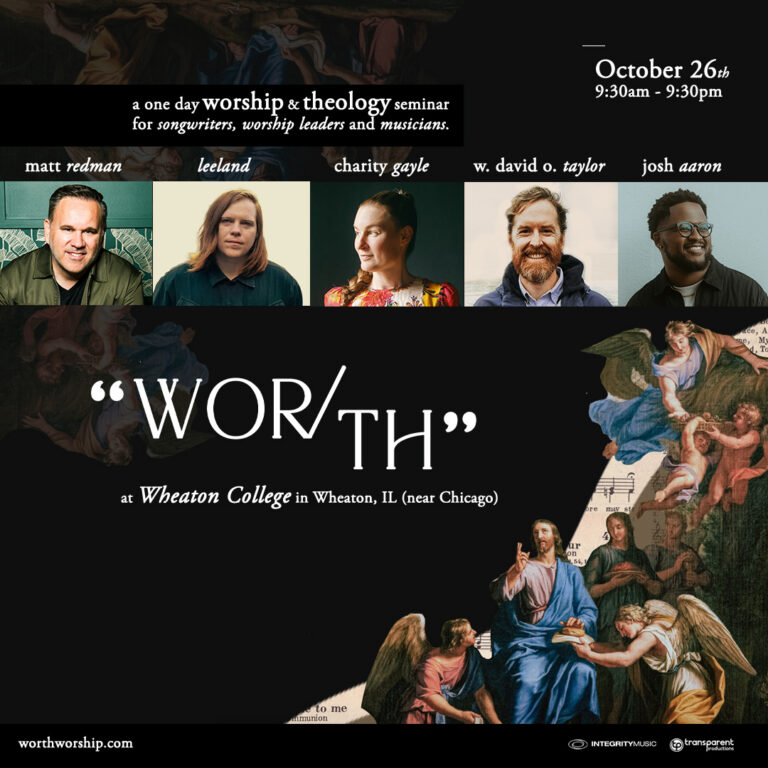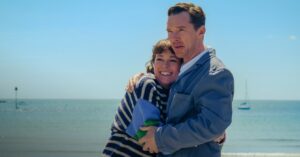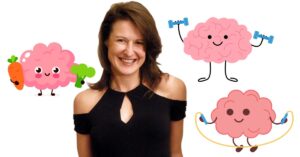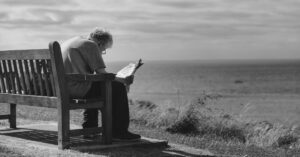By: Helping Hands TV
Beyond Stereotypes – An invitation To Understand The Indigenous Peoples of Australia
“83% of non-indigenous Australians have never socialised with an Aboriginal person,” shares Brooke Prentis, Education and Cultural Consultant*. “I think that’s where some of these stereotypes are coming from … I just hope that people can break down those stereotypes, actually get to know us and stop saying things that do hurt.”
Brooke is a Wakka Wakka woman and has a passion to see greater understanding, better relationships and a positive future develop between all peoples of Australia; Aboriginal, Torres Strait Islander and non-Indigenous Australians alike.
Joining her for this important Helping Hands panel discussion is Rhanee Lester, Adnyamathanha woman and researcher at the University of Adelaide, and Uncle David King, Gundungurra man and Indigenous Education Facilitator, inviting us get a better understanding of the Indigenous peoples of Australia.
To understand what it means to be an Indigenous Australian is both a simple and a complex task. As a simple first step, explains Brooke, there are three different definitions to understand.
To be Aboriginal or Torres Strait Islander means that;
- geographically, you belong to one of the three hundred Aboriginal nations across Australia, or hail from one of one hundred islands in the Torres Strait
- scientifically, you share genetic biology with the peoples identified as having existed here in Australia for 65,000 years
- and officially, according to the Australian Government’s definition, you;
- have a proven Aboriginal or Torres Strait Islander heritage
- self-identify as such
- and are an active member of an Aboriginal or Torres Strait Islander community
However, for our panellists, defining what it means to be an Indigenous Australian goes deeper than meeting a set criteria. While the above definitions have an appropriate place, understanding Aboriginal and Torres Strait Islander people at only this superficial level allows room for misinformation, misunderstandings and unhelpful stereotypes to shape our conversations.
To overcome this lack of understanding and reduce stereotypes about Indigenous Australians, our panellists agree that fact-checking and relationship building are two essential keys.
“I think people need to understand … Indigenous history,” David says. “There were impacts. Quite often, I meet people who didn’t realise that there were people removed. Or some of the choices that were made within our society, and some of the changes that happened with our intake of food, our access to Country. And that really destroys Indigenous people. Going home and connecting to Country is a big thing.”
For Rhanee, who feels she is still journeying the best ways forward in understanding her identity, being known as a person of the Adnyamathanha people is an important foundation. While there are similarities between the many nations of Indigenous Australians, she explains that each nation is unique.
“We’ve got our own language. We’ve got our own cuisine. You’ll find certain foods in the environments in our area that will only be specific to that group. The songs and the dance will be specific to the landscape and specific to the sounds they’re hearing,” Rhanee says.
It’s these characteristics, she explains, that create the connection she seeks in understanding who she truly is, and she invites every Australian to find out more about the Aboriginal people and Country in our own neighbourhoods.
But perhaps the most important step forward, shares Rhanee, is making the choice to connect with an Aboriginal or Torres Strait Islander person better.
“Coming from a dual heritage – I’m also from a non-Indigenous background on my father’s side,” says Rhanee.
“You’re bringing two families together … and seeing how those relationships play out. In my case, I watched my family let love lead the way (and) it created a new family and a new sense of belonging to each other.”
Rhanee continues, “We need to come together an connect.”
* Brooke’s statistic quoted from the Reconciliation Barometer, 2022
Article supplied with thanks to Helping Hands TV.
Feature image: Canva
About the Author: Helping Hands is an Australian produced TV program that airs on 9GEM, Channel 9 and 9NOW, and showcases people and organisations who make the world a better place.
